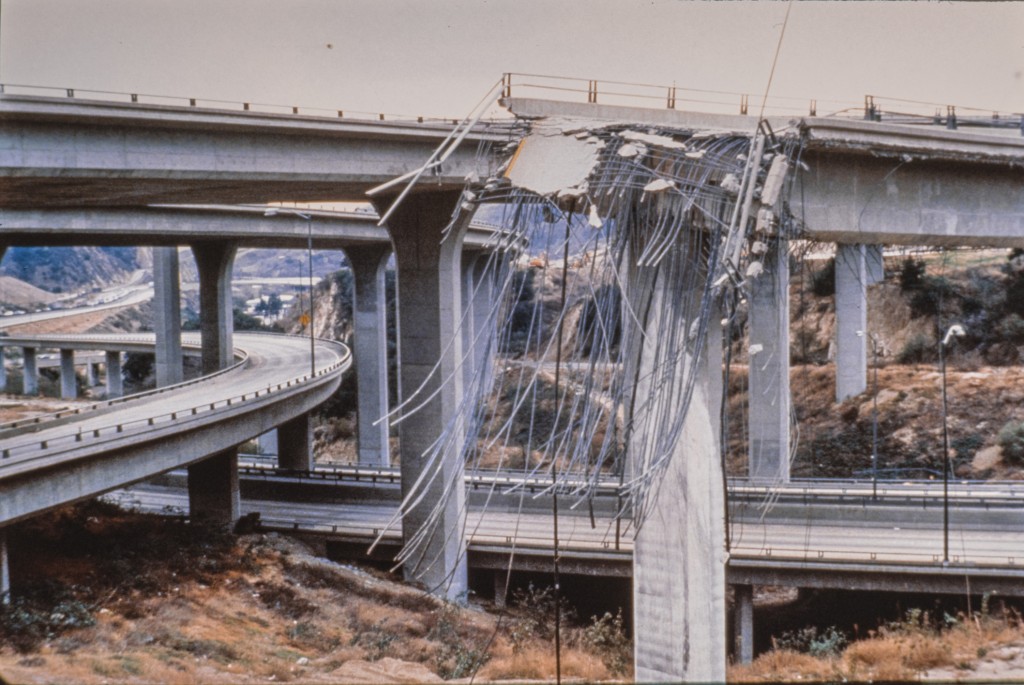
The November fire that shut down a section of the 10 Freeway — subsequently reopening more than a week after the blaze severely damaged a crucial artery for Los Angeles drivers — brought comparison to the 1994 Northridge earthquake and damage it caused to roadways across the region.
While the deadly earthquake caused much more destruction, there were similarities in the quick recovery efforts of both incidents. That can be attributed to accelerated construction work, and municipal, state and federal leaders working together to clear red tape, according to California State University, Northridge associate professor Rais Ahmad, part of CSUN’s Department of Civil Engineering and Construction Management.
“Looking at both incidents, there’s a lot of comparisons, but one of the things that stands out is just how fast everything was repaired in the face of a disaster,” Ahmad said. “While the recent freeway fire didn’t cause as much damage as the ‘94 earthquake, both incidents saw round-the-clock repairs by engineers and all our civic leaders coming together to repair infrastructure in a dire time.”
When the 6.7 Northridge earthquake struck, multiple sections of the Santa Monica Freeway collapsed and several other freeways were also severely damaged, causing them to be shut down. Initially, Caltrans officials said that it would take a year to 18 months to rebuild bridges around the metro area.
But that timeline would quickly change, due to a mix of incentives and conditions in place, including a $200,000 bonus for the private contractor for each day the freeway project was completed before the June 24, 1994, deadline. A penalty of the same amount would have been levied for each day construction ran past the deadline. By completing the job 74 days early, the contractor that put the 10 Freeway back together received a hefty reward as a result.
That quick recovery effort set precedent, Ahmad said, as the 10 Freeway reopened just eight days after a fire — which is suspected to have been intentionally started within an enclosure filled with wooden pallets — damaged more than 100 columns that bolster the freeway.
Officials had initially suggested that it could take multiple months to reopen the nearly two-mile stretch of the freeway but, like the 1994 earthquake recovery, “government leaders got involved,” Ahmad said.
“The way California Gov. Gavin Newsom and Los Angeles Mayor Karen Bass had a hand in this made a world of difference, just like 1994,” Ahmad said. “That’s why within eight days, people were driving on I-10 Freeway again.”
He also attributes the advancement of engineering technology and maintenance work of local freeways that helped alleviate what could have been even worse damage on the freeway. On the other hand, technology and warning systems were not as advanced as during 1994 earthquake, Ahmad said.
“Since it happened in 1994, at that time our technology and the kind of preparedness for that was just not there,” Ahmad said. “Nowadays, we actually have drills for earthquakes and people are aware that that it can happen anytime.
“But while you can’t really anticipate when an earthquake will hit, you can prepare for a fire, especially in a place like California, where wildfires are very common,” he continued. “It’s a credit to first responders and it’s a lesson learned from the prior incidents like the ‘94 earthquake.”


Comments are closed.